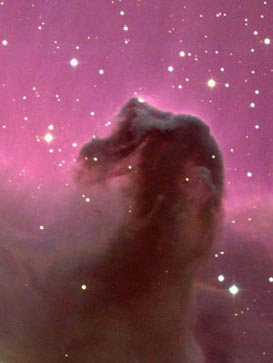Would we recognize life if we found it on other planets? Are the weird imaginings of decades of science fiction writers enough to provide the necessary clues for finding ET?
Exobiology is an odd field of science. Research in this fascinating field relies on one of the biggest assumptions we make about the universe – that we are not alone, that there could be life on worlds other than the Earth. However, while life on earth is incredibly diverse, fundamentally, almost every single species of plant, virus, fungus, bacterium, fish, mammal, insect boils down to one of two nucleic acids – DNA or RNA. There is no reason to presume that life on another planet would use molecules resembling the nucleic acids. So, any discussion of exobiology always comes back to that first question – would we recognize alien life if we saw it?

Professor John A. Baross
A new report published by the US National Research Council (NRC) suggests that scientists focus at least some of their efforts on weird life, that is, the possibility of life that does not confirm to the standard terrestrial chemical blueprint. The NRC team suggests that the fundamental requirements for life on Earth – liquid water, as a biosolvent, carbon-based metabolism, molecular system capable of evolution, and the ability to exchange energy with the environment – may not be the only biochemical options for life. Our investigation made clear that life is possible in forms different than those on Earth, explains committee chair John Baross, of the University of Washington, Seattle.
The report states that the discovery of extraterrestrial life would have an enormous and inspirational impact on our position in the cosmos, but nothing would be more tragic than if we failed to recognize it.

Life elsewhere in the universe needn’t resemble life on earth.
Until now, the search for ET, has homed in on putative habitats that share at least some of the features of Earth, such as liquid water. However, Baross and his colleagues suggest that other liquids such as ammonia or formamide could also work as biosolvents, although the biochemistry of an organism using those materials would inevitably be very different. That said, Saturn’s moon Titan is thought to have a liquid water-ammonia mixture within and so is close to the top of the list of likely homes for weird life beyond Earth.
It is critical to know what to look for in the search for life in the Solar system, explains Baross, The search so far has focused on Earth-like life because that’s all we know, but life that may have originated elsewhere could be unrecognizable compared with life here. Life forms that use a replication chemistry unrelated to nucleic acids could well exist, there are suggestions that spiral entities that form spontaneously from cosmic dust, replicate and change, could be defined as somehow alive. There is also perhaps the entirely non-carbon organisms of science fiction fame, the silicon-based lifeform. It looks like a rock, Jim but double check those vital signs on the tricorder just in case
Further reading
The Limits of Organic Life in Planetary Systems
http://www.nap.edu/catalog.php?record_id=11919
Professor John A. Baross
http://oceanweb.ocean.washington.edu/ocean_web/about/faculty/profiles/BARJOF.html
Suggested searches
astrobiology
extraterrestrial life